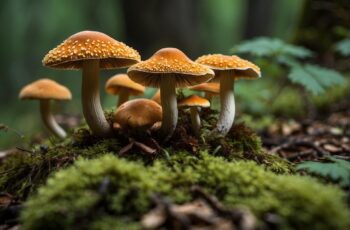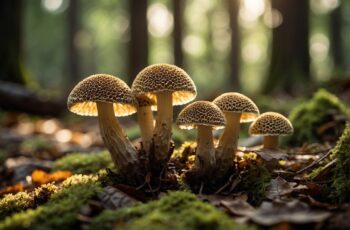Sheepshead mushrooms, also known as maitake or hen of the woods, are a treasure trove for foragers. Recognizable by their large, overlapping caps and resembling the plumage of a feathered hen, these edible mushrooms grow at the base of trees, particularly oaks, during the late summer to early autumn period. You’ll often find these fungi gracing wooded areas across North America, offering a delightful combination of earthy flavors and textures that can elevate your culinary experience.
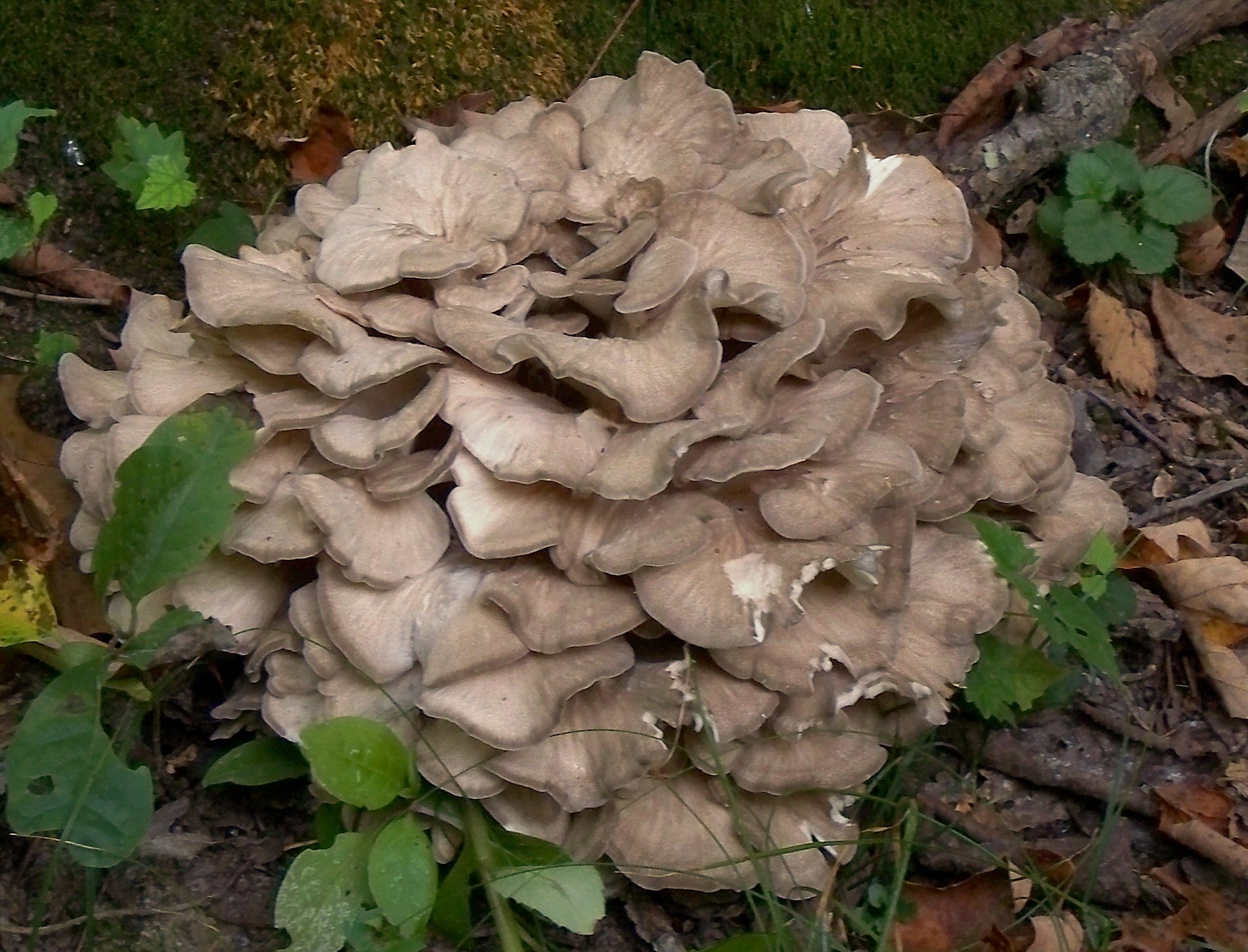
When you set out to forage these mushrooms, remember the importance of proper identification, as their unique growth pattern and appearance are unlike your typical cap-and-stem varieties. Harvesting sheepshead mushrooms is straightforward—cut at the base to keep the mycelium intact for future growth. Your hard work will be rewarded not just by their delicious taste but also because sheepshead mushrooms are known for their health benefits, including immune-boosting properties.
For the uninitiated and seasoned forager alike, adding sheepshead mushrooms to your basket is an enriching experience. Whether you’re hunting for a natural supplement to your diet, a unique ingredient to your recipes, or simply enjoy the thrill of the hunt, knowing how to spot and sustainably harvest these mushrooms is a skill worth cultivating. With the mushroom foraging community growing, you’re not only indulging in nature’s bounty but also joining a fellowship of nature enthusiasts who appreciate the simple joys of outdoor adventures.
Biology and Identification
You’re about to learn about the intricate details that make the sheepshead mushroom, known scientifically as Grifola frondosa, a fascinating find for those of you who enjoy the thrills of foraging. Understanding its biology and how to identify it will give you a leg up next time you’re scanning the forest floor.
Taxonomy and Nomenclature
The sheepshead mushroom, which you may also recognize as hen of the woods or by its Japanese name Maitake, belongs to the Polyporaceae family. Its scientific name, Grifola frondosa, falls under the broader genus Grifola. It’s often confused with Polyporus umbellatus or Meripilus giganteus, but remember, its distinct features set it apart.
Physical Characteristics
To confidently identify Grifola frondosa, observe its physical characteristics:
- Cap: They tend to have multiple grayish-brown spoon-shaped caps connected to a central, branched stem.
- Pores: Underneath, you’ll find white pores where its spores are released.
- Spore Print: Should you decide to take a spore print, expect it to be white.
The sheepshead is a polypore, a type of fungus with pores or tubes on the underside of the fruiting body instead of gills. This is key to differentiating it from other mushroom species.
Habitat and Distribution
Pay close attention to these details when seeking Grifola frondosa:
- Preferred Trees: You’ll find these mushrooms primarily at the base of aging oak, maple, and occasionally beech trees.
- Natural Range: Sheepshead mushrooms are distributed across North America, Japan, Europe, and China.
- Growth on Wood: Look for them growing on or near fallen logs, as they are saprobic, breaking down the wood as they grow.
Remember, your best bet for finding these mushrooms in their natural environment is during the later summer to early autumn months. Keep your eyes peeled at the base of those mighty trees, and you might just find this forest treasure.
Culinary Uses
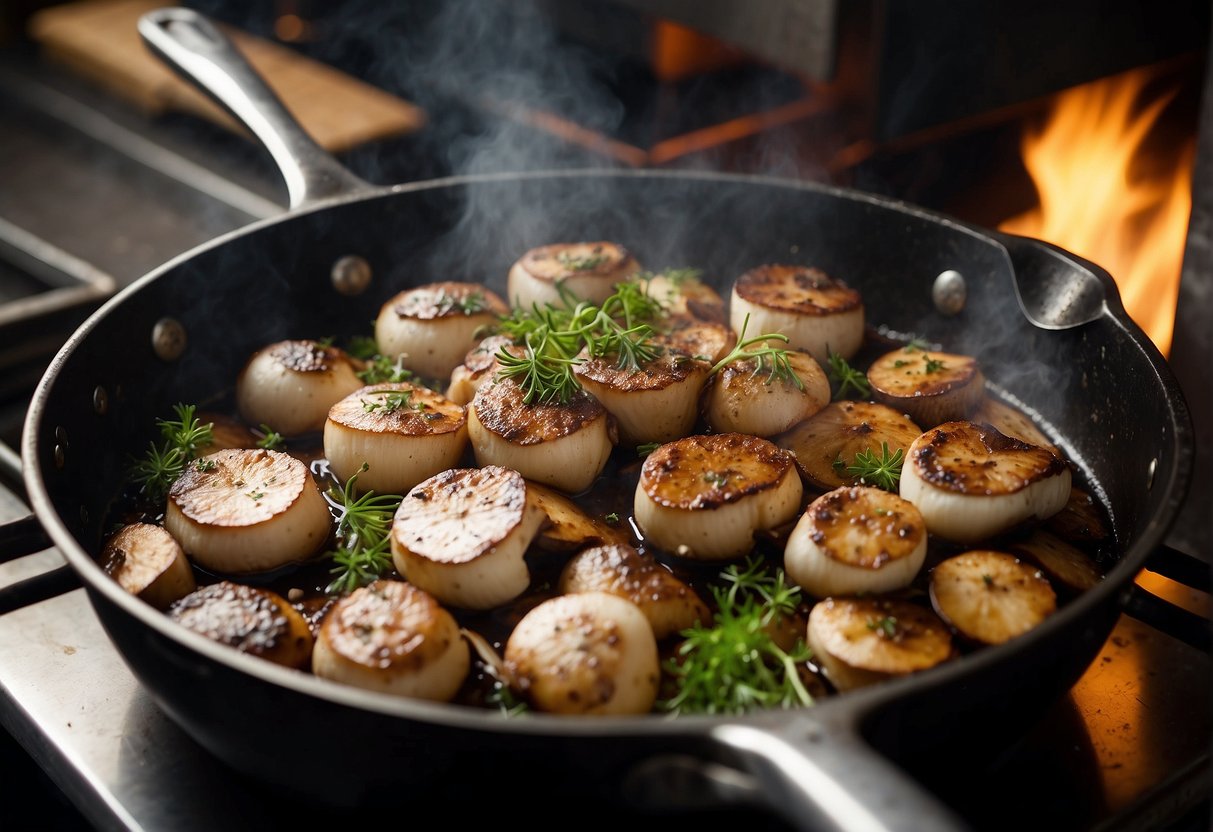
Sheepshead mushrooms, also known as maitake or hen of the woods, are prized in the kitchen. These edible fungi bring a rich, meaty flavor to dishes and are versatile in preparation methods.
Cooking Techniques
When preparing maitake mushrooms, consider the method that best suits your meal. For a tender texture, sautéing in a bit of olive oil with garlic, salt, and pepper will enhance their natural flavors. If you’re seeking something with a bit more char, grilling maitake can impart a smoky taste that’s perfect as a side dish or a vegan main course. Roasting in the oven with a dab of butter and some chopped onion can transform these mushrooms into a rich, flavorful addition to any entrée.
Flavor Profile and Pairings
Maitake mushrooms are known for their meaty and earthy flavor, which pairs well with robust ingredients like garlic and onion. They can easily replace meat in many vegetarian recipes due to their satisfying texture. Try partnering them with lighter fare like chicken or fish to let their taste stand out, or fold them into a hearty, rustic mushroom recipe for a comforting meal.
Preservation Methods
Preserving sheepshead mushrooms is straightforward. For long-term storage, drying them out can be effective, and dried mushrooms can be rehydrated later with a simple soak in water. If you prefer to retain their tender texture, freezing cooked maitake in an airtight container can keep them ready for future use in your culinary creations. Remember, the key to preserving is ensuring they’re as fresh as possible before you begin the process.
Health Benefits and Risks
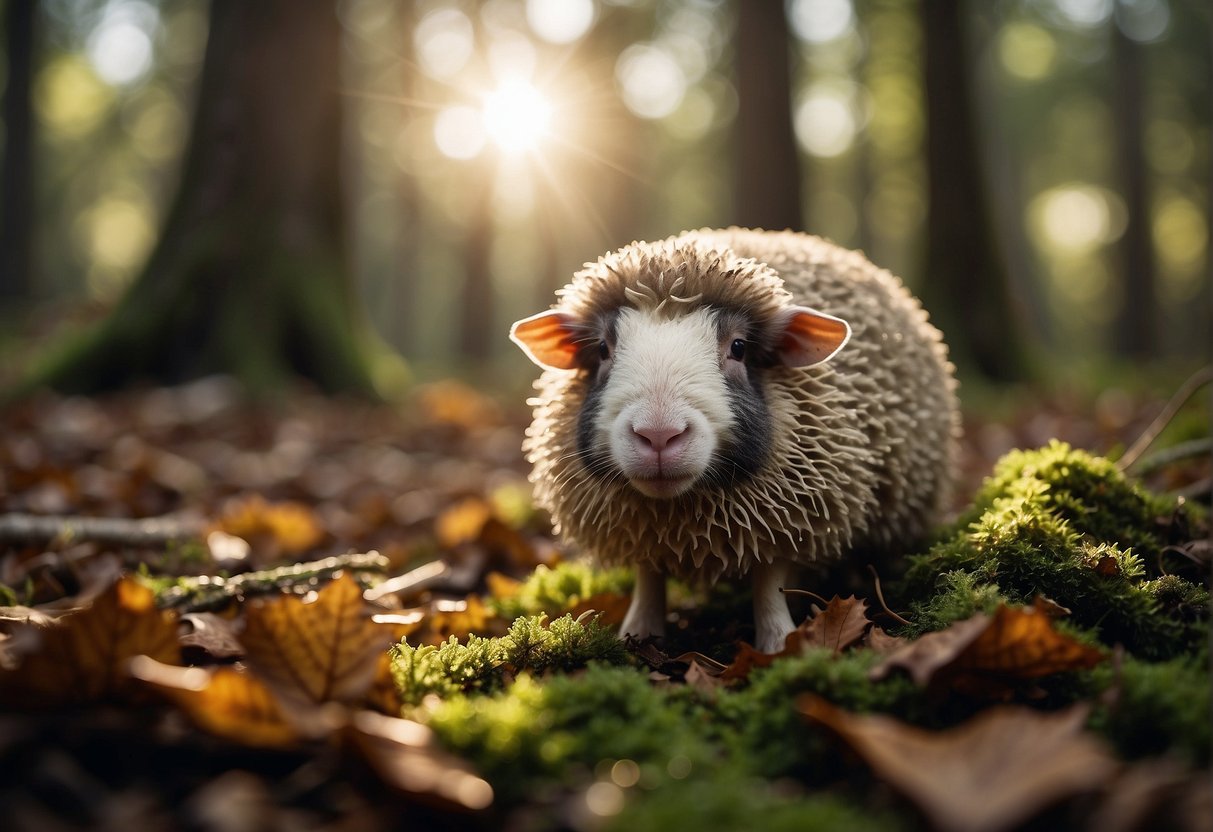
No, not THAT sheepshead 😀
Sheepshead mushrooms, also known as Hen of the Woods or Maitake, offer a range of health benefits with proven therapeutic qualities. While they are boon for many, you need to be aware of the potential risks when incorporating them into your diet.
Medicinal Properties
Maitake mushrooms are recognized for their medicinal properties. They’re known to bolster the immune system, which is crucial for combating various ailments. Some research indicates their compounds, namely beta-glucans, may have the potential to assist in the fight against cancer.
Nutritional Information
These mushrooms are not only gluten-free, but they’re also a fine source of nutrients. Packed with B vitamins such as niacin and riboflavin, they are beneficial for maintaining healthy blood pressure levels and could be advantageous for those managing diabetes. The high fiber content can be helpful for maintaining low cholesterol levels.
- Calories: Low
- Carbohydrates: 4.9g per cup
- Protein: Contains a small amount
- Fiber: Good source
- B Vitamins: Niacin, Riboflavin
Safety Precautions
While medicinal mushrooms like Maitake are generally safe, it’s imperative to be cautious. Consuming Maitake can sometimes lead to allergies or interference with blood-pressure and blood-thinning medications. Always consult with a healthcare professional before adding it to your regimen, especially when managing chronic health conditions.
Foraging and Sustainability
Foraging for sheepshead mushrooms, also known as hen-of-the-woods or ram’s head, can be both a rewarding and responsible endeavor when done with the proper knowledge and respect for the environment. As mushroom hunters, it’s vital you recognize the importance of sustainable practices to ensure these fungi continue to be a fall foraging treasure.
Foraging Tips
When you’re out searching for sheepshead mushrooms, your timing and location are crucial. Aim to forage during the late summer to fall, as this is when they are most bountiful. These mushrooms frequently appear at the base of oak trees, and after a recent rainfall is an especially good time to look. Be sure to inspect the mushrooms closely; those you harvest should be clean, without any dirt or grit stuck in their fronds. If a mushroom feels tough or if the weather has been too dry, it might be best to leave it and continue your search.
- Right Time: Late Summer to Fall, especially after rainfall
- Right Place: Base of oak trees
- Inspecting: Choose clean, tender mushrooms free of dirt
Sustainability Practices
As a responsible forager, it’s crucial to harvest selectively. This means only taking part of a mushroom patch—often about half—to leave enough behind to propagate and maintain the population. The sustainable harvesting of sheepshead mushrooms ensures that you don’t impact the future availability of these mushrooms for yourself and other foragers.
- Selective Harvesting: Take only part of a patch to continue the life cycle
- Older Specimens: Focus on mushrooms that have released their spores
Environmental Impact
By foraging responsibly, you’re not just maintaining mushroom populations, but also minimizing your environmental impact. Compacting the soil or disturbing the natural habitat can have lasting effects, so tread lightly and stick to established paths. Avoid over-foraging common species such as morels or the black staining polypore as well, to ensure they continue to thrive in their natural habitat.
- Responsible Treading: Stick to paths and minimize soil compaction
- Species Preservation: Be mindful of not over-foraging common species

